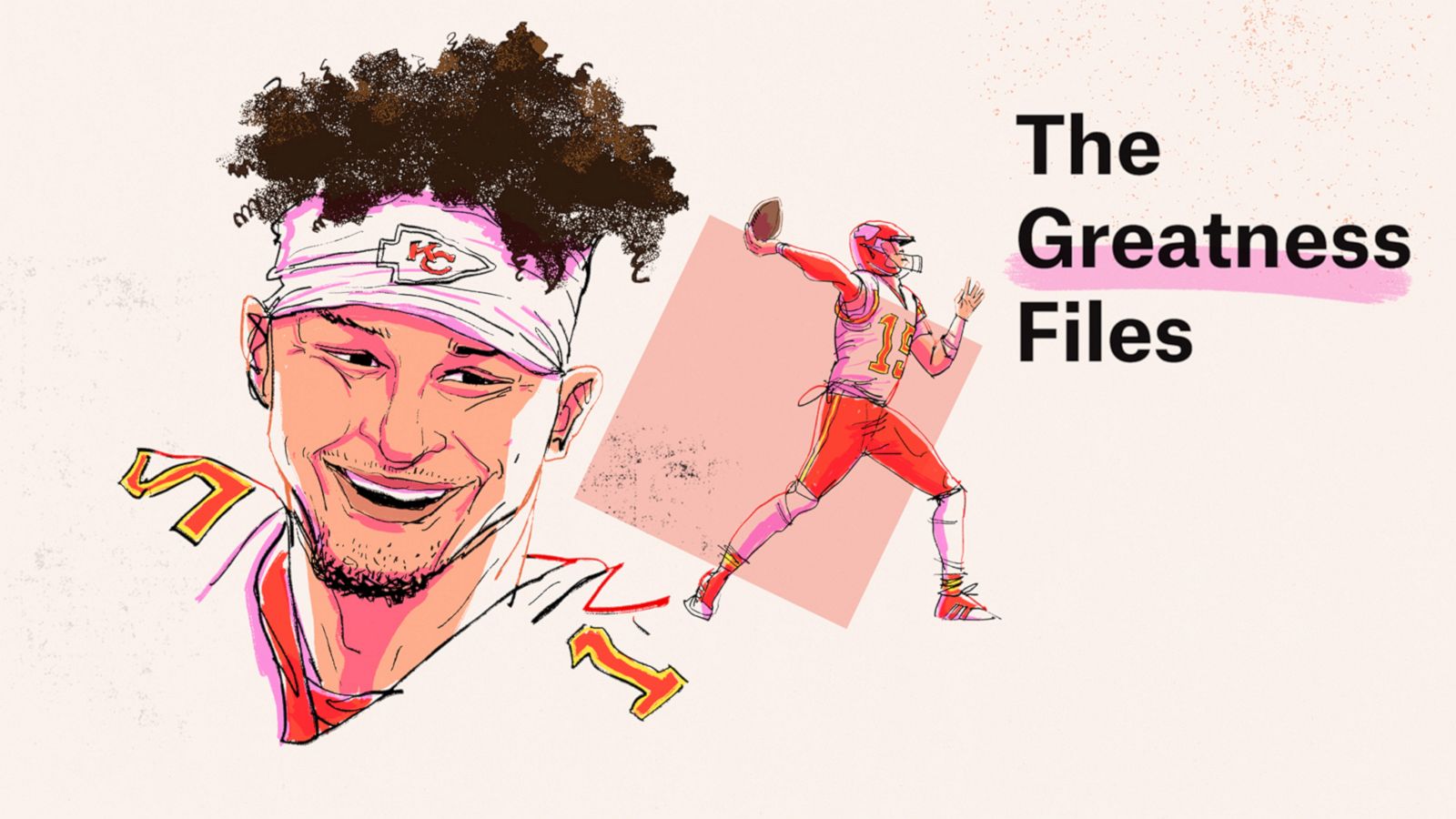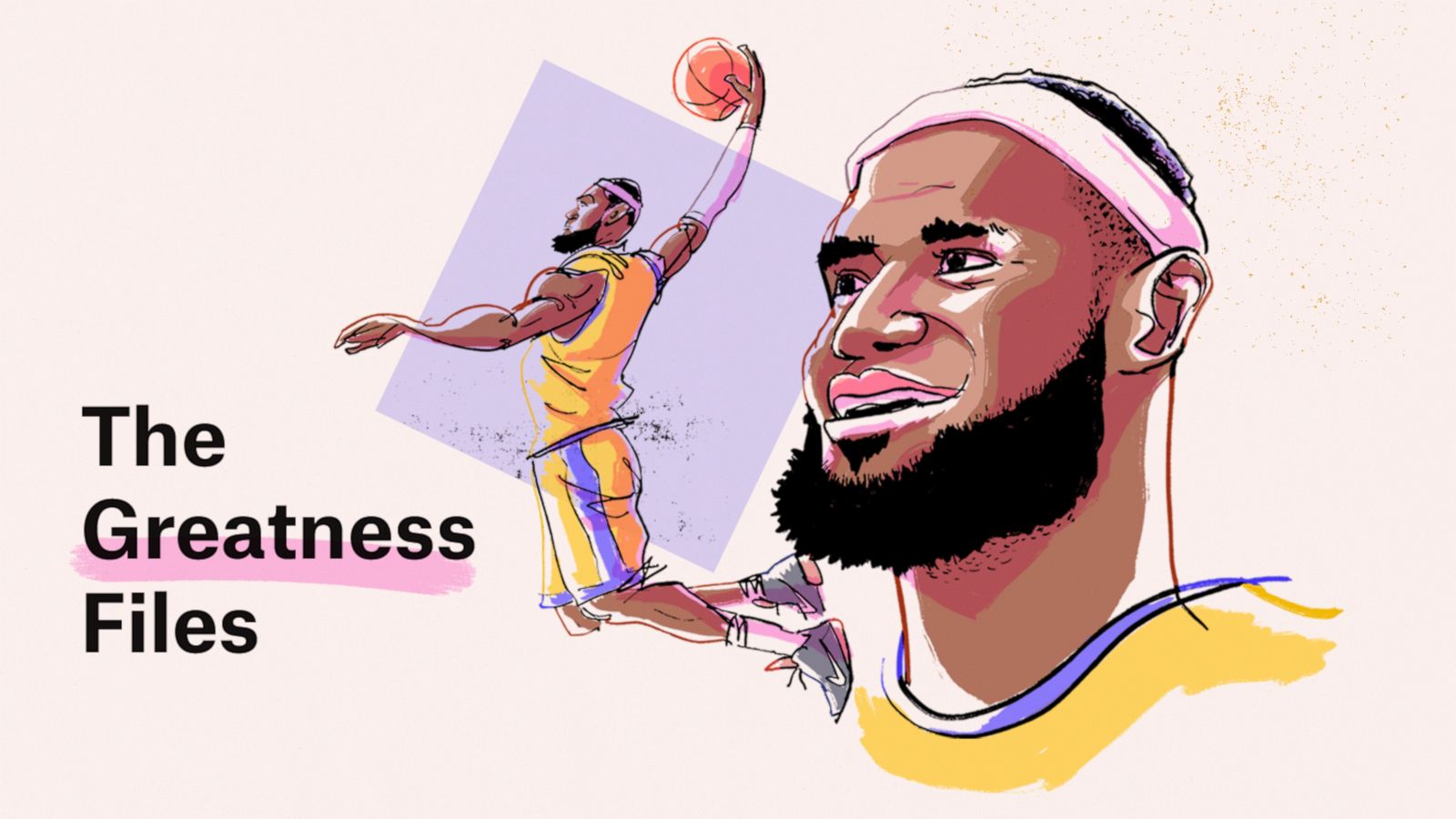It’s easy to understand the skepticism about the New York Mets signing James McCann this winter to a four-year, $40.6 million contract. After all, McCann turns 31 this season, and he has 7.2 wins above replacement for his career. J.T. Realmuto, New York’s target at catcher before signing McCann, has collected 19.8 career WAR. And while Realmuto played in 145 games in 2019 and has played at least 125 games in every full-length season since 2015, McCann’s career high for games played in a single year is just 118.
But in signing McCann, the Mets are betting not just on a few recent developments in his game but also on a certain archetype of catching career: the late-developing backstop who is better in his 30s than his 20s. And there are plenty of indications that they are onto something here.
[Nobody — And We Mean Nobody — Was Consistently Great Like Hank Aaron]
Let’s start with how McCann, a player largely overlooked for much of his career, arrived at free agency. On the heels of his disappointing .220/.267/.314 season in 2018, the Detroit Tigers let McCann go, non-tendering him. The White Sox picked him up, adding him on a one-year, $2.5 million contract in 2019. He rewarded them with an All-Star appearance, a .273/.328/.460 slash line and a solid 31 percent caught stealing rate behind the plate. Though Chicago re-signed him to another one-year deal in 2020, bumping him to $5.4 million and avoiding his last year of arbitration, they clearly viewed him as a backup, having signed Yasmani Grandal to a long-term deal that winter.
So when McCann last season both elevated his offensive profile — posting a .289/.360/.536 mark in a virus-shortened season, good for an OPS+ 44 percent better than league average — and turned his work with longtime catching guru Jerry Narron into elite pitch-framing results, he appeared to have all the characteristics to help a team looking a catcher to help win now.
If that sounds familiar, you must be a fan of the stylings of Darren Daulton, who hit .196 in his age-29 season and entered his age-30 campaign in 1992 with 4.4 career WAR. But Daulton led the National League in RBI in 1992, with a .270/.385/.524 slash line, before piloting the 1993 Phillies to the NL pennant. Daulton finished his distinguished career with 23 WAR.
Another Phillies catcher did the same thing just over a decade later. Carlos Ruiz collected just 2.1 WAR for the 2006-08 Phillies, first filling in for injured starter Mike Lieberthal before splitting time with Chris Coste and Rod Barajas for some strong Philadelphia teams, including the 2008 World Series winners. But Ruiz turned into a far more productive player in his 30s, posting a .270/.356/.400 slash line in nine seasons and earning MVP votes in three separate years. Another 20.5 WAR in total came after Ruiz turned 30.
[Baseball Lost A Team Of Legends In 2020]
These are not stray examples, or ones found only in Philadelphia. Some of the finest catchers in the history of the game excelled in their 30s. Take New York Yankee icon Jorge Posada. He shared time with veteran Joe Girardi through 1999, his age-28 season; his 4.3 career WAR through that year makes McCann’s resume look impressive by comparison. But the Yankees let Girardi leave as a free agent after the 1999 season, and Posada blossomed in a full-time role. Posada’s line of .287/.417/.527 for the 2000 Yankees helped him earn the first of five All-Star appearances. He would go on to play until age 40, collecting 42.7 WAR in his career — 32.9 of them after age 30, placing him second all-time in that age range.
Who was first? Only the catcher with the fourth-most WAR in baseball history, Carlton Fisk.
Many catchers have excelled in their 30s
MLB catchers with the most wins above replacement after age 30 since 1950, with total WAR and their WAR before age 20
| Wins above replacement | |||||
|---|---|---|---|---|---|
| Rk | Player | Years | Total | Before 20 | After 30 |
| 1 | Carlton Fisk | 1969-93 | 68.4 | 28.9 | 39.5 |
| 2 | Jorge Posada | 1995-2011 | 42.7 | 9.8 | 32.9 |
| 3 | Elston Howard | 1955-68 | 27.1 | 3.4 | 23.7 |
| 4 | Mike Piazza | 1992-2007 | 59.6 | 37.3 | 22.3 |
| 5 | Gary Carter | 1974-92 | 70.1 | 48.3 | 21.9 |
| 6 | Iván Rodríguez | 1991-2011 | 68.7 | 47.4 | 21.3 |
| 7 | Bob Boone | 1972-90 | 27.4 | 6.8 | 20.7 |
| 8 | Carlos Ruiz | 2006-17 | 22.5 | 2.1 | 20.5 |
| 9 | Sherm Lollar | 1946-63 | 30.1 | 9.7 | 20.4 |
| 10 | Jason Varitek | 1997-2011 | 24.2 | 4.6 | 19.6 |
| 11 | Yadier Molina | 2004-20 | 40.4 | 21.5 | 19.0 |
| 12 | Terry Steinbach | 1986-99 | 28.0 | 9.2 | 18.8 |
| 13 | Russell Martin | 2006-19 | 38.7 | 20.1 | 18.6 |
| 14 | Darren Daulton | 1983-97 | 23.0 | 4.4 | 18.6 |
| 15 | Ernie Whitt | 1976-91 | 18.3 | 0.3 | 18.0 |
Fisk, like McCann, was a high draft pick, fourth overall in the 1967 draft by Boston. But he didn’t earn a starting job until 1972, and after a serious knee injury knocked him out of baseball for a year, he had compiled just three seasons north of 130 games, and none higher than 135, through his age-28 campaign. (Fisk played in just 79 the year he waved his famous home run fair in the 1975 World Series.)
But in 1977, at age 29, Fisk posted a .315/.402/.521 slash line in 152 games. In a career that extended into his 40s with the Red and then White Sox, Fisk accumulated 39.5 of his 68.4 career WAR after turning 30, along with six All-Star appearances — the last coming in his age-43 season in 1991.
[Charles Johnson Was Damn Good Behind (And At) The Plate]
Fisk is obviously an extreme outlier, and he was much better in his 20s than McCann has been, but he is one of many catchers who excelled after 30, and the common denominator for so many of them was a limited workload in their 20s.
Sherm Lollar was a forgettable St. Louis Browns backstop in his mid-20s but a perennial All-Star, power bat and Gold Glove winner with the White Sox in his 30s. Bob Boone earned 20.7 of his 27.4 career WAR for the Phillies, Angels and Royals after age 30. Jason Varitek had 6.7 WAR through age 30 in 2003, then three All-Star appearances and a pretty famous pair of World Series championships in Boston after age 30.
Now to be fair, there are plenty of catchers who struggled to excel in the league until age 30 and went right on not excelling after age 30 as well. But the secondary indicators for McCann match up with those who discovered stardom late. And the Mets, paying McCann around $10 million a year, don’t need him to be a consistent 144 OPS+ hitter into his 30s — by Fangraphs’ season value, even his 108 from 2019 would more than justify his contract, and he’s a far better pitch framer now than he was in 2019.
[Everything About Sports In 2020 Was Weird … Except Who Won]
Still, even on the day he was introduced to the media, McCann was asked about Realmuto, who went on to sign with the Phillies late last month for more than twice as much money.
“Honestly, I’ve had the opportunity to play against J.T. since we were in the minor leagues,” McCann said. “Played against each other in the fall league and I’ve always been a fan of his from afar. But I’ve also always been comfortable with who I am and I knew that things would work out the way they were supposed to.”
If history is any guide, that should be just fine for both McCann and the Mets.

#fantasyfootball #Sports #Betting #sportsbetting #sportsbettingadvice #freepick #freepicks #sportsbettingtips #handicapping #predictions #sportspredictions #NFL #esports #espn #NBA #NHL #sportsprediction #ncaa #mlb #WNBA #prediction #nhl #nhlplayoffs #nhlpicks #nbapicks #NBAPlayoffs #NFLPlayoffs #espnsports #bettingsports #bettingtips #bettingonline #bettingexpert #basketball #football #soccer #hockey #sportspicks #ncaabasketball #foxsports #cbssports #soccerpredictions #sportingbet